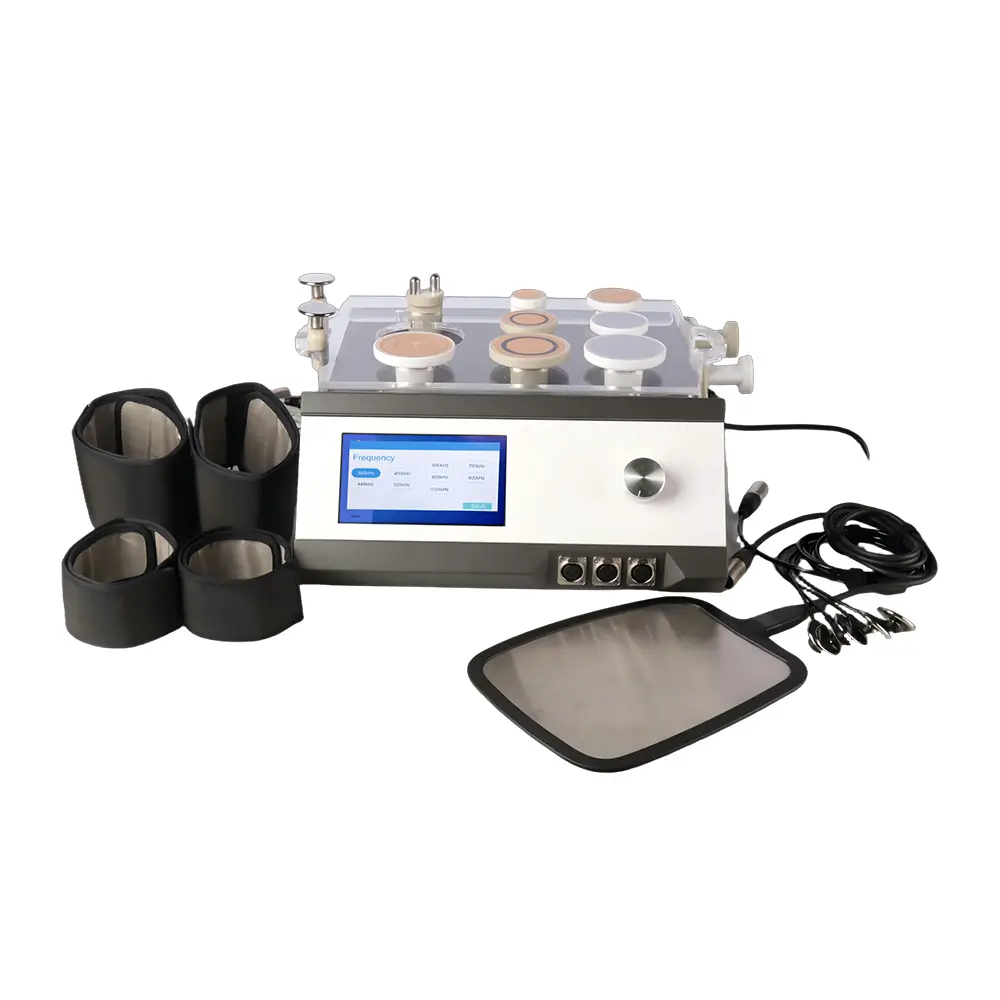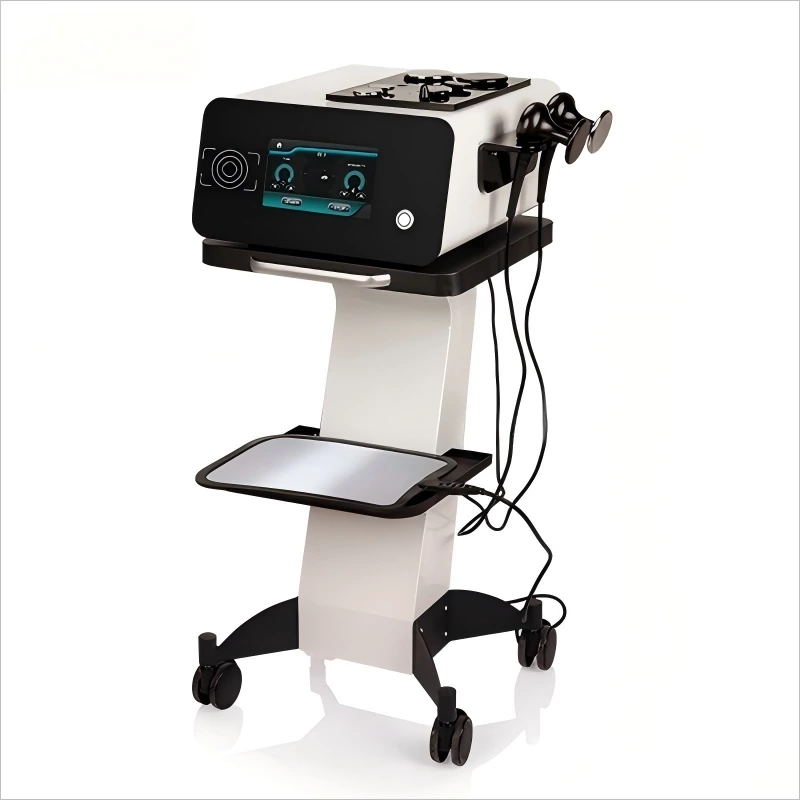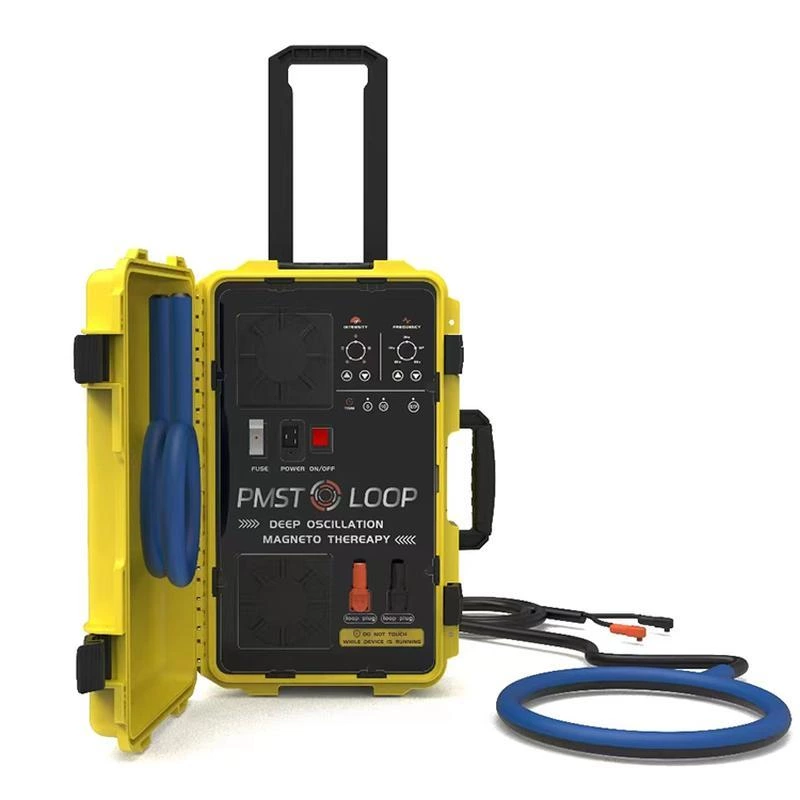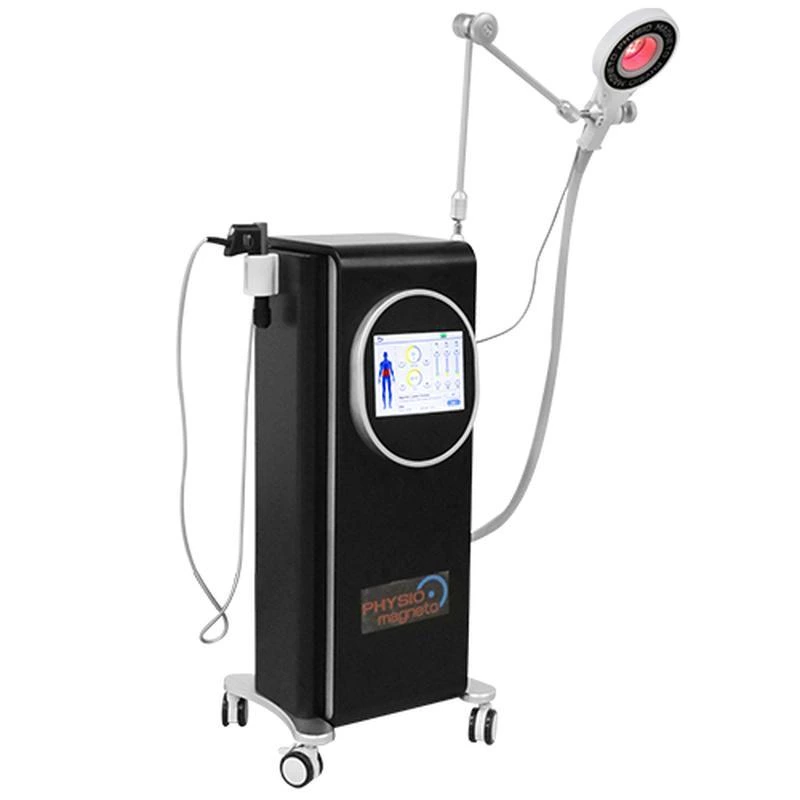Top Weight Loss Equipment For Achieving Your Fitness Goals
Creating an Effective Home Workout Routine
In today's fast-paced world, maintaining a regular workout routine can be challenging, especially for those with busy schedules. However, with the right equipment and a well-structured plan, it's possible to achieve a great workout from the comfort of your own home. A home workout routine offers the convenience of exercising at any time, eliminating the need to commute to a gym, and can be tailored to fit individual fitness goals and preferences. This article will guide you through the process of creating an effective home workout routine, covering the essential equipment, types of exercises, and tips for staying motivated. By the end of this article, you'll be equipped with the knowledge to start your fitness journey at home.
Essential Equipment for a Home Workout
To get started with a home workout, you'll need some basic equipment. The good news is that you don't need to invest in a lot of expensive gear. Here are some essentials to consider:
Cardio Equipment
- A treadmill or a stationary bike is ideal for cardio workouts. For example, a treadmill with an incline feature
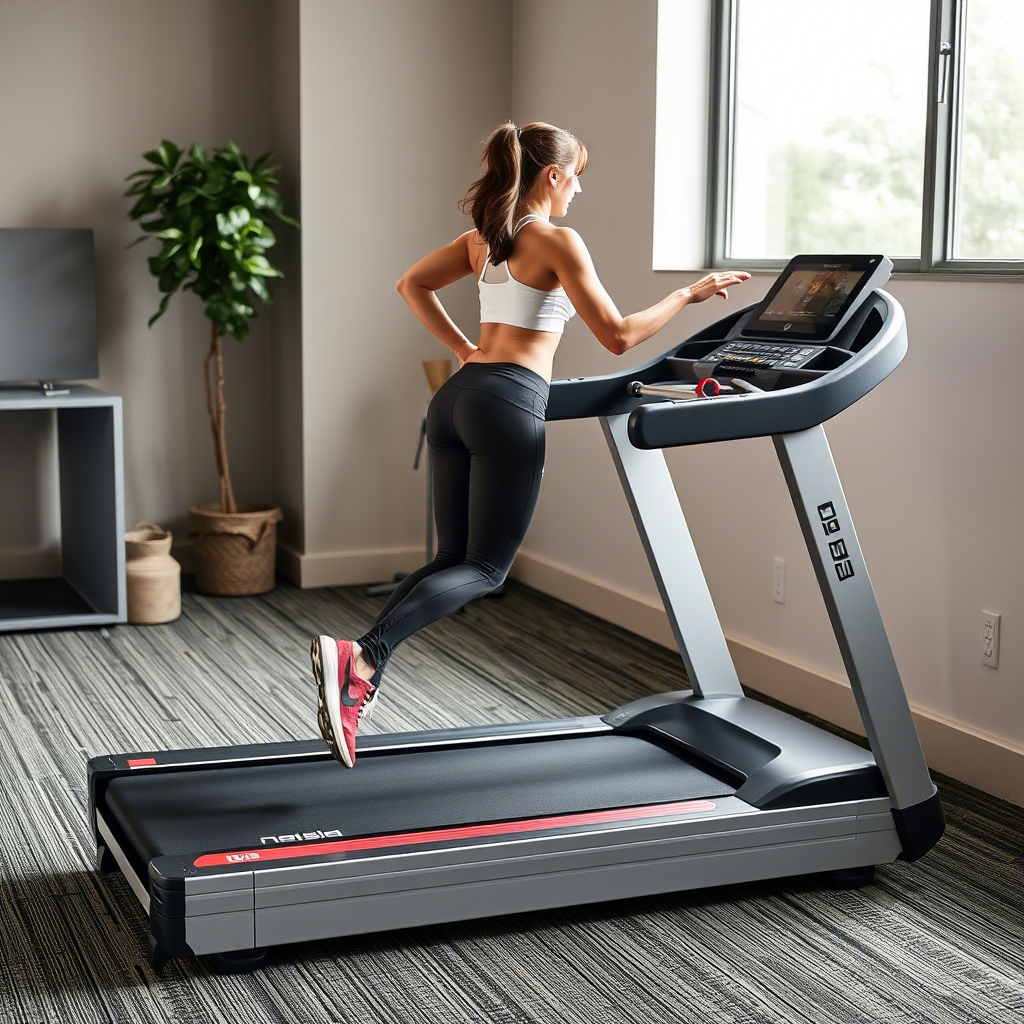 can add variety to your routine by allowing you to simulate uphill climbs.
can add variety to your routine by allowing you to simulate uphill climbs. - High-Intensity Interval Training (HIIT) can be done with minimal equipment, such as bodyweight exercises or jump ropes.
Strength Training Equipment
- Resistance bands
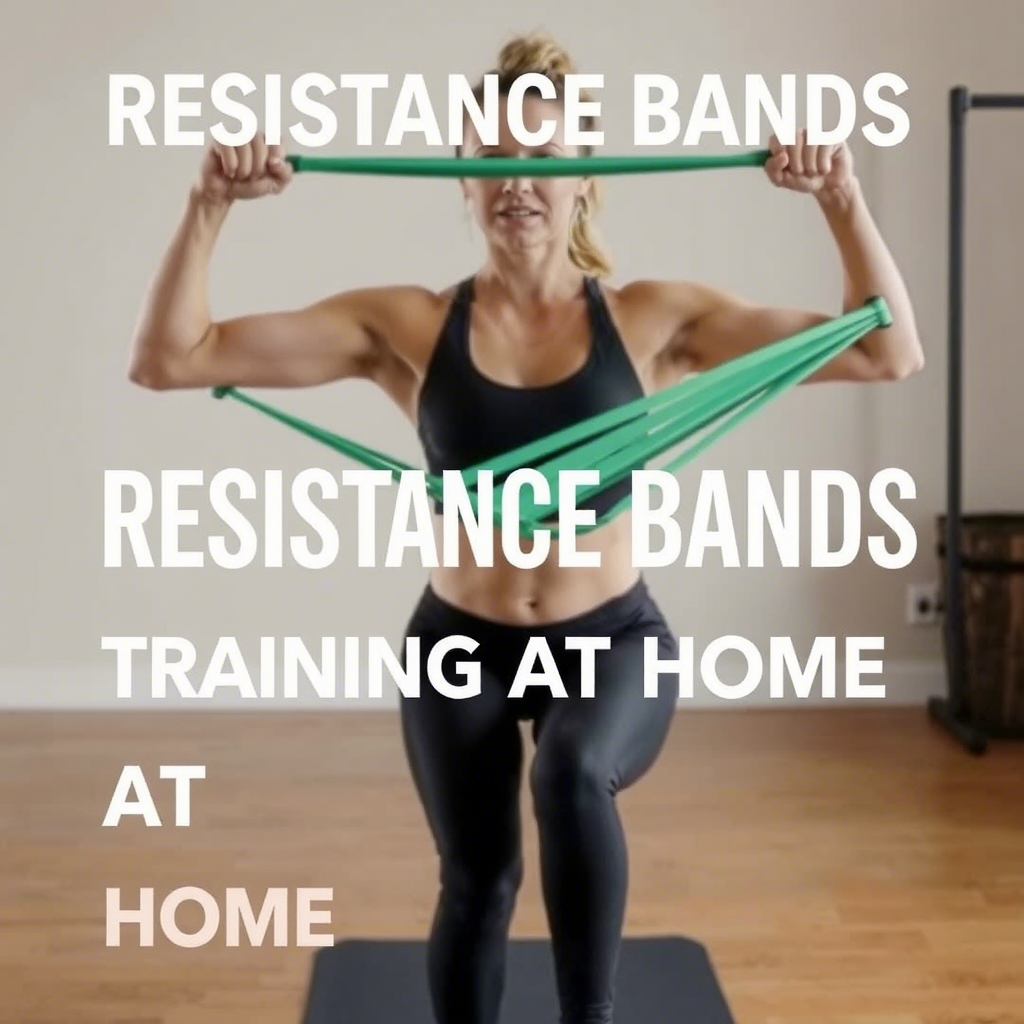 are versatile, portable, and affordable. They come in different resistance levels and can be used for a variety of exercises targeting different muscle groups.
are versatile, portable, and affordable. They come in different resistance levels and can be used for a variety of exercises targeting different muscle groups. - Adjustable dumbbells
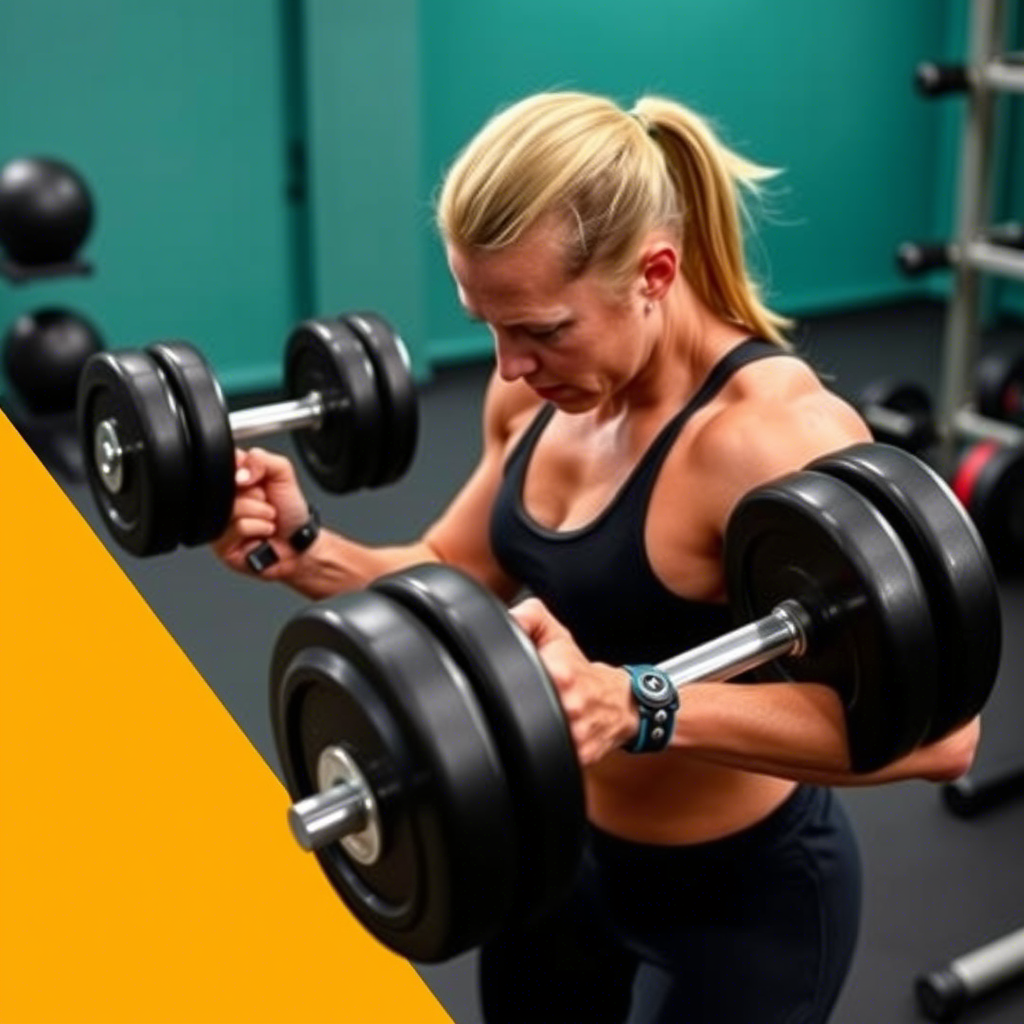 are another great option for strength training at home. They allow you to adjust the weight according to your needs, making them a space-efficient choice.
are another great option for strength training at home. They allow you to adjust the weight according to your needs, making them a space-efficient choice.
Flexibility and Recovery Equipment
- Yoga mats are essential for floor exercises, stretching, and yoga routines. They provide cushioning and grip, reducing the risk of injury.
- Foam rollers can be used for self-myofascial release, helping to alleviate muscle soreness and improve recovery.
Designing Your Workout Routine
Creating an effective workout routine involves understanding your fitness goals and tailoring your exercises accordingly. Here are some steps to follow:
Identify Your Fitness Goals
- Determine whether you want to focus on weight loss, muscle gain, endurance, or overall fitness. For example, if your goal is weight loss, you might want to focus more on cardio exercises and HIIT. For more information on creating a workout plan, you can visit American Council on Exercise (ACE).
Choose Your Exercises
- Select a mix of cardio, strength training, and flexibility exercises. For strength training, you can start with compound exercises like squats, deadlifts, and bench presses (or their bodyweight equivalents).
- Incorporate progressive overload into your strength training routine by gradually increasing the weight or resistance you're using over time. This can be achieved with resistance bands or adjustable dumbbells.
Tips for Staying Motivated
Staying motivated is key to maintaining a consistent workout routine. Here are some tips:
Create a Dedicated Workout Space
- Designate a specific area in your home for workouts. This could be a corner of your living room or a dedicated home gym. Having a dedicated space can help you stay focused and avoid distractions.
Track Your Progress
- Use a workout log or a fitness app to track your progress. Monitoring your progress can be a great motivator, as it allows you to see how far you've come. You can explore different fitness apps on Google Play Store.
Vary Your Routine
- To avoid plateaus and prevent boredom, vary your workout routine every 4-6 weeks. This could involve changing your exercises, increasing the intensity, or trying new types of workouts like yoga or Pilates.
Common Challenges and Solutions
While working out at home can be convenient, there are some common challenges you might face:
Lack of Motivation
- One of the biggest challenges is staying motivated without the structure of a gym environment. To combat this, try working out with a friend or family member, or setting specific, achievable goals for yourself.
Limited Space
- For those living in small apartments, space can be a constraint. Opt for compact equipment like resistance bands or adjustable dumbbells that can be easily stored.
Conclusion
Creating an effective home workout routine requires some planning and the right equipment. By understanding your fitness goals, choosing the right exercises, and staying motivated, you can achieve a great workout from the comfort of your own home. Remember to start slowly, be consistent, and gradually increase the intensity of your workouts. With the tips and guidelines provided in this article, you're well on your way to starting a successful home workout routine that fits your lifestyle and helps you achieve your fitness goals.

